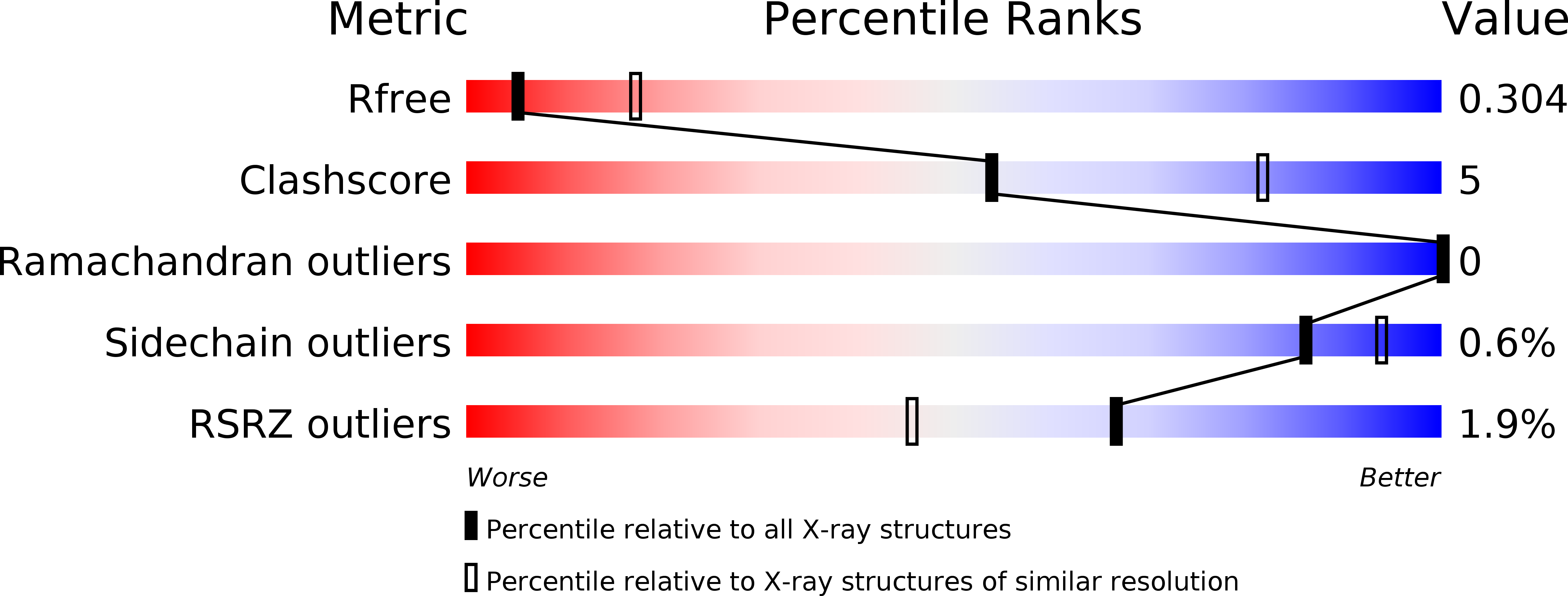
Deposition Date
2019-08-13
Release Date
2020-05-20
Last Version Date
2024-10-23
Entry Detail
PDB ID:
6SJT
Keywords:
Title:
Crystal structure of the Legionella pneumophila type II secretion system substrate NttC
Biological Source:
Source Organism:
Legionella pneumophila 130b (Taxon ID: 866628)
Host Organism:
Method Details:
Experimental Method:
Resolution:
3.10 Å
R-Value Free:
0.28
R-Value Work:
0.25
Space Group:
P 62 2 2


